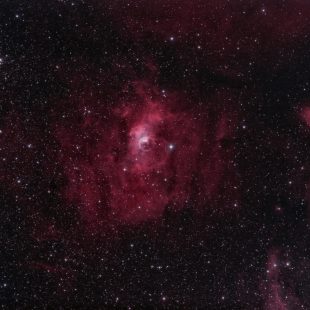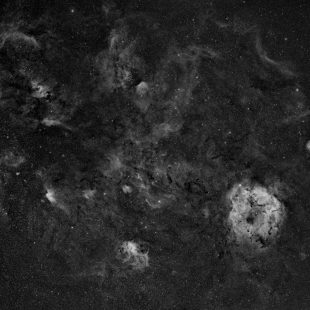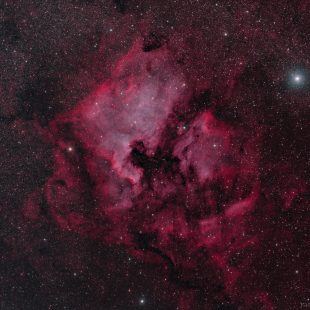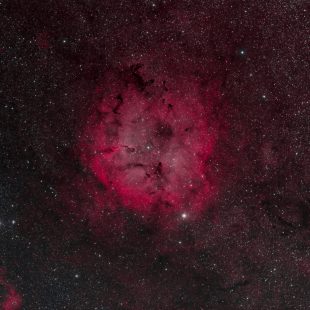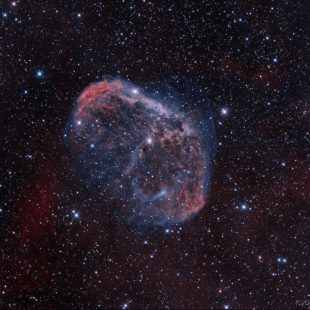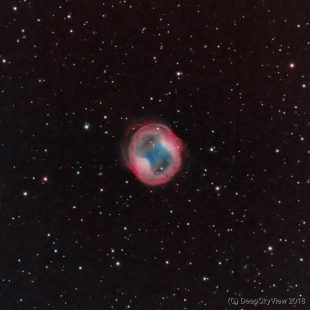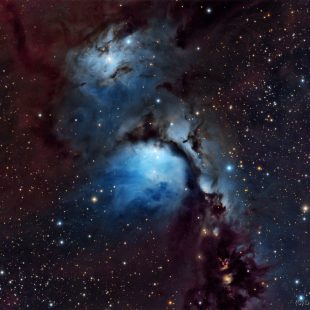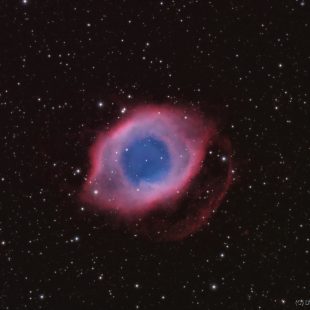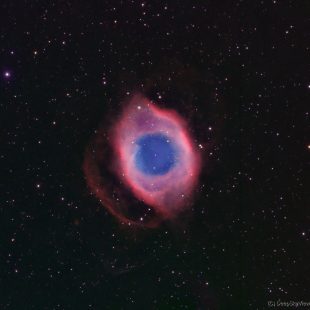Tadpole Nebula – IC410
This is another attempt at the Tadpole Nebula, Sh2-236, in a bi-color HO narrowband image. You can easily find the two tadpoles that give rise to the name of this nebula. It belongs to one big emission complex together with the Flaming Star Nebula. This image is a narrowband composite using a total of 6 […]

